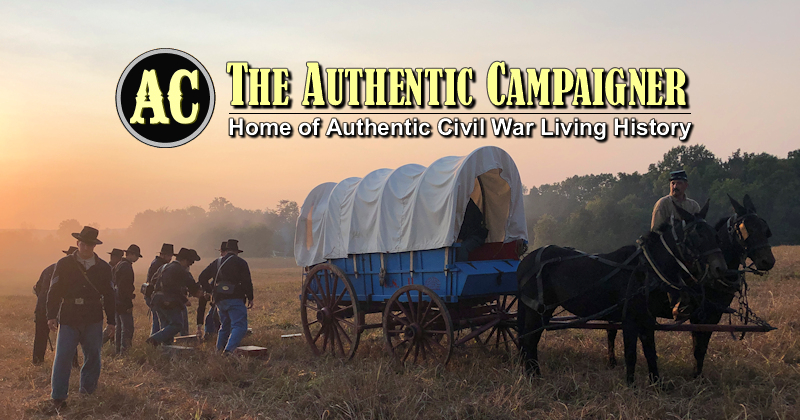I'm looking for a pattern or even a good photo of an original Civil War period neck stock. These things are not as simple as they appear--it's not just a two inch leather strap. But how is the leather cut--does it taper evenly at the two ends or is it shaped to the contours of the neck and shoulder like some of the earlier lace-on stocks? Has anyone traced an original or photographed one unrolled? The two originals that I handled (nearly twenty years ago) had blued or japanned two-pronged buckles--can a case be made for cast brass or wire buckles?
Thanks for any help--I'm making this stock for a California Volunteer impression.
Andy Masich
Thanks for any help--I'm making this stock for a California Volunteer impression.
Andy Masich







Comment